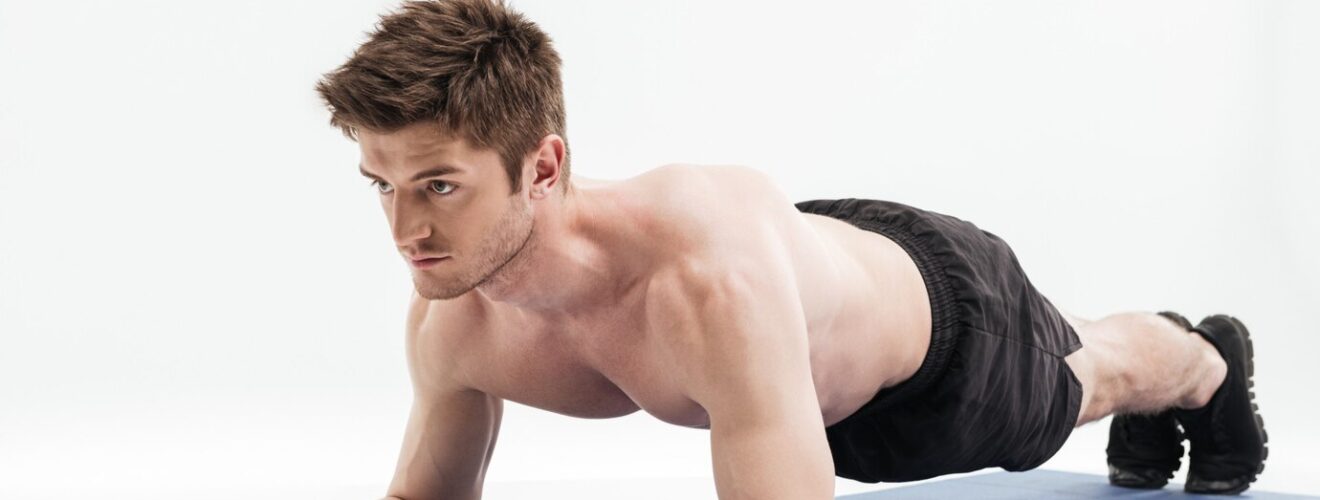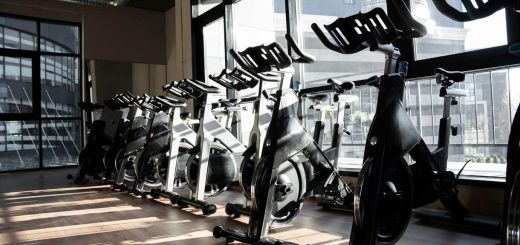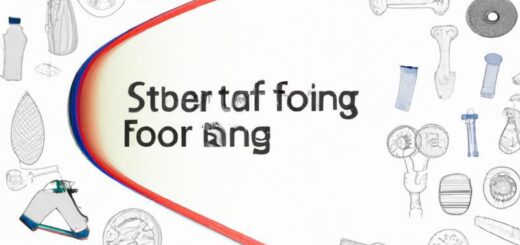What is The Core?

When most people think of the “core,” they often visualize chiseled abs. However, the core is much more complex and fundamental than just the abdominal muscles. It’s the central link that connects the upper and lower body, playing a pivotal role in almost every movement.
The core encompasses several muscles that run the entire length of the torso. These muscles stabilize the spine, pelvis, and shoulder, providing a solid foundation for movement in the extremities.
Key Components of the Core
- Rectus Abdominis: Commonly known as the “abs”, these muscles are located along the front of the abdomen.
- Obliques (External and Internal): Located on the side and front of the abdomen, these muscles are essential for rotational movements.
- Transverse Abdominis: This is the deepest of the abdominal muscles, wrapping around the spine for protection and stability.
- Erector Spinae: These muscles run along your back from your hip to the upper back.
- Multifidus: Located under the erector spinae along the vertebral column, these muscles extend and rotate the spine.
- Hip Flexors: Situated in the front of the pelvis and upper thigh, these muscles help with hip flexion and lifting the knees.
- Gluteus Maximus, Medius, and Minimus: These are the primary muscles of the buttocks, playing essential roles in hip movement and stabilization.
- Diaphragm: The principal muscle of respiration located under the rib cage also plays a part in core stability.
Importance of a Strong Core
- Improved Balance and Stability: Whether you’re playing sports or performing daily activities, a strong core helps keep your body balanced and stable.
- Better Posture: A strong core keeps your back straight and supports your spine, preventing slouching and subsequent back issues.
- Enhanced Athletic Performance: All powerful movements originate from the center of the body out, making a robust core critical for sports and other physical activities.
- Injury Prevention: Strengthening the core can help reduce strain on the spine and prevent injuries during physical activities.
- Aid in Daily Functional Movements: From lifting groceries to bending over to tie your shoes, daily movements are more efficient and comfortable with a strong core.
Conclusion
The core is the body’s central powerhouse, influencing almost every movement we make. By understanding its complexity and focusing on comprehensive core training, we can promote better physical health, enhance performance, and reduce the risk of injuries. Remember, a strong core goes far beyond aesthetics; it’s foundational to our body’s functionality.



